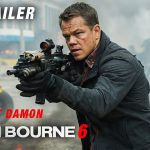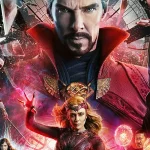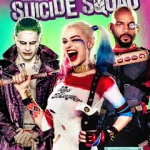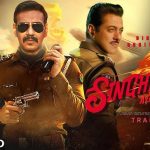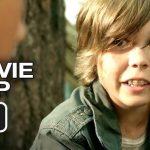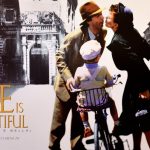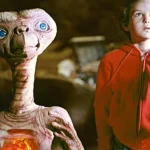‘𝐓𝐡𝐞 𝐃𝐞𝐚𝐝 𝐋𝐚𝐧𝐝𝐬’ 𝟐𝟎𝟏𝟒

The Dead Lands (2014), directed by Toa Fraser, is a New Zealand action film steeped in Māori culture and mythology. The film is notable for its intense action sequences, beautiful landscapes, and its deep connection to Māori traditions, particularly the use of the Māori language and the incorporation of traditional customs and values. It offers a powerful blend of action, drama, and cultural depth, making it a unique entry in the genre.
The story follows Hongi (James Rolleston), the teenage son of a Māori chieftain, who seeks revenge after his tribe is massacred by a rival clan led by the ruthless warrior Wirepa (Te Kohe Tuhaka). Driven by the desire to restore his father’s honor and protect his people’s legacy, Hongi must embark on a dangerous journey through the “dead lands,” a forbidden and treacherous wilderness believed to be haunted by the spirits of the dead.
To pursue Wirepa and avenge his tribe, Hongi seeks the help of a mysterious and fearsome warrior (Lawrence Makoare), known simply as “The Warrior,” who lives in isolation in the dead lands. The Warrior has a fearsome reputation, believed to possess supernatural powers and a violent past. As the two journey together, a reluctant alliance forms, and Hongi learns valuable lessons about courage, survival, and honor from his unlikely mentor.
The film is driven by its raw and visceral combat scenes, which highlight traditional Māori fighting techniques and weaponry, particularly the use of the taiaha, a traditional Māori spear-like weapon. The fight choreography is brutal and authentic, capturing the intensity and ferocity of hand-to-hand combat. The film’s action is unflinching, with a focus on gritty realism that contrasts with the mystical and spiritual elements woven into the story.
While The Dead Lands is an action film at heart, it also delves into themes of revenge, redemption, and the cycle of violence. Hongi’s quest for vengeance is not just a personal journey but a spiritual one, as he grapples with the idea of honor and the consequences of violence. The Warrior, haunted by his own past, serves as both a guide and a cautionary figure, embodying the consequences of living a life of bloodshed.
Suggested videos for you:
